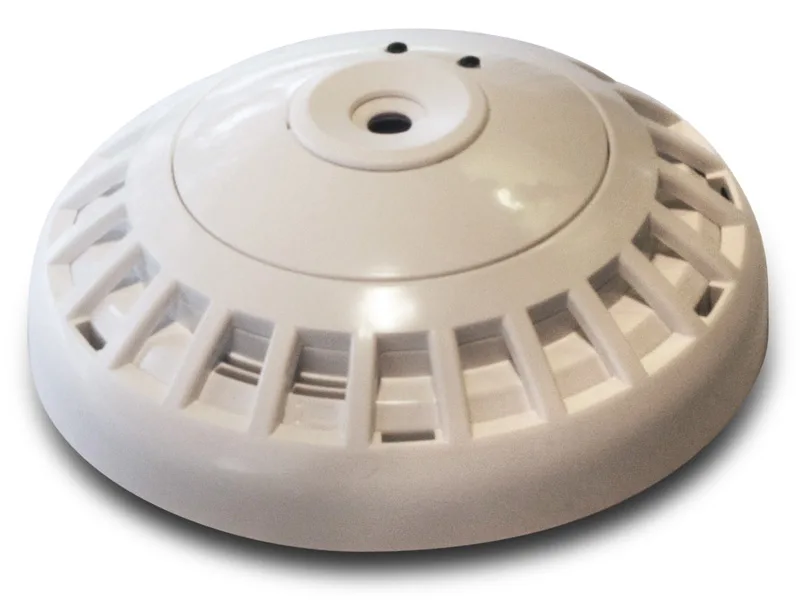Green businesses benefit both the environment and their employees. They promote a healthy lifestyle and a sustainable future for anybody who steps foot in their building. And they save some money in the process.
General Electric and Walmart, for example, have been going green since 2005. By 2011, GE was able to sell $70 billion in green products and services. The company has saved so much money that it is committed to doubling its green investments to $2 billion each year for five years. Walmart invested $500 million in sustainability projects that have proved profitable – and it is also saving $500 million each year.
Sure, it is important to measure emissions, air quality and energy usage in your building – but something is missing from the equation. You can’t ensure that have a sustainable building and safe occupants unless you measure the amount of people in your building each day. Do you know how much energy your customers are consuming? Well, there’s only one way to find out.
People counters have already been proven as a useful tool for businesses to cut down on labor costs, but they can also be used to cut energy waste. Thermal people counting sensors provide accurate readings of the amount of people who have entered a zone during the day. They are more accurate than motion sensors and don’t make loud, distracting beeping noises as each person passes by.
Here’s how they can help you:
Identify and eliminate your building’s wasted utilities.
-
- It’s easy to install energy-efficient devices in your building or to make sure employees use less resources, but it’s hard to control your customers’ energy consumption… unless you use a people counting system, that is. You can tailor your green efforts to the amount of people you see or serve to make sure you’re saving as much as possible.
- More specifically, you can track the areas with the most traffic and save your allotted energy for those spaces. Instead of calculating estimates for the entire building as a whole, you could do it room by room and to maximize your energy savings.
- Think of it this way: Why keep the lights on in the whole building if only three rooms are occupied? Why keep televisions on in a room that is rarely occupied?
Measure the effectiveness of your efforts over time.
-
- Energy-efficient efforts like compact fluorescent light bulbs, smart power strips, faucet aerators and high-efficiency toilets are all well and good, but a people counter system will help you make specific estimates of your building’s needs that will ultimately save you even more energy and money.
- By counting how many customers or visitors you have had in different zones, you will be able to calculate the amount of utilities needed vs. the amount of utilities used. How will you know the amount of utilities needed in your building if you don’t know how many people will be using them and how often?
- With data from your thermal people counting sensor, you could even calculate an accurate rate of the consumption cost per person in your building and use it to estimate and optimize energy costs. You can see how those numbers have changed over time. Tracking traffic and observing trends can clue you in to whether or not you should continue certain efforts.
- Data reports from your people counting system could also as a way for you to track your total amount of energy savings per person. You could share these numbers with your customers so they can better understand and appreciate your efforts.
How much are you wasting?

